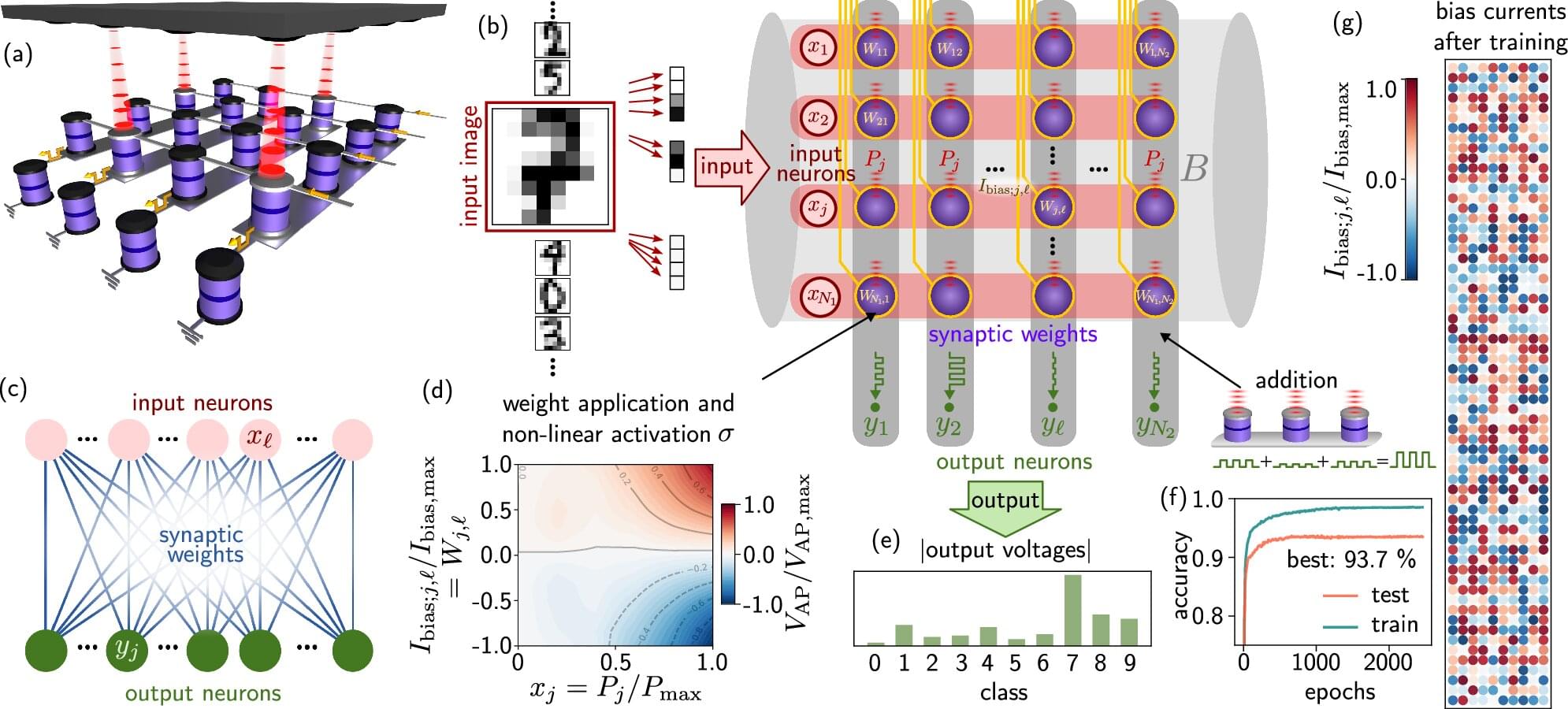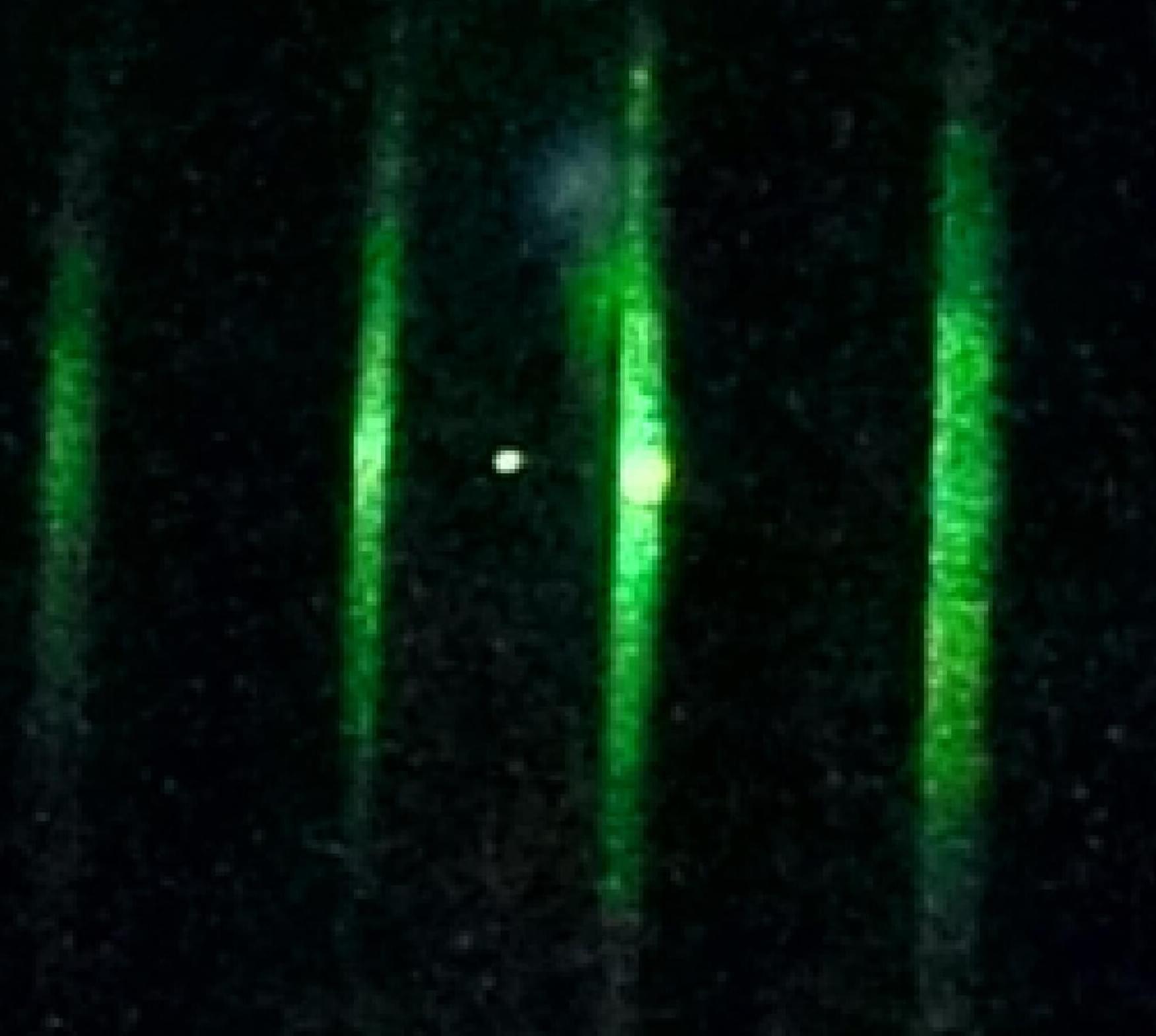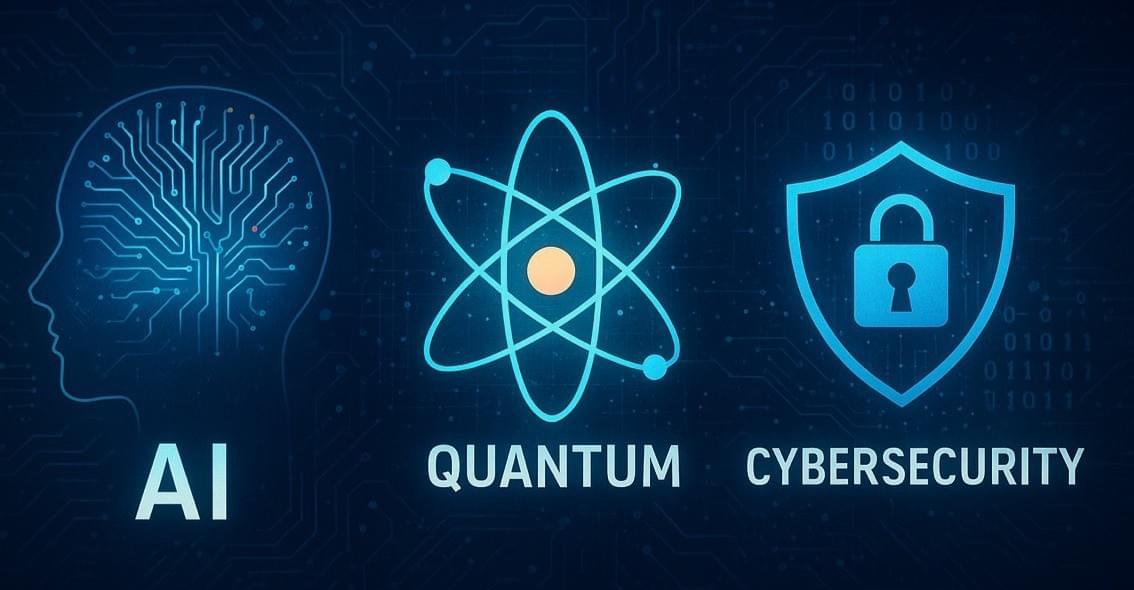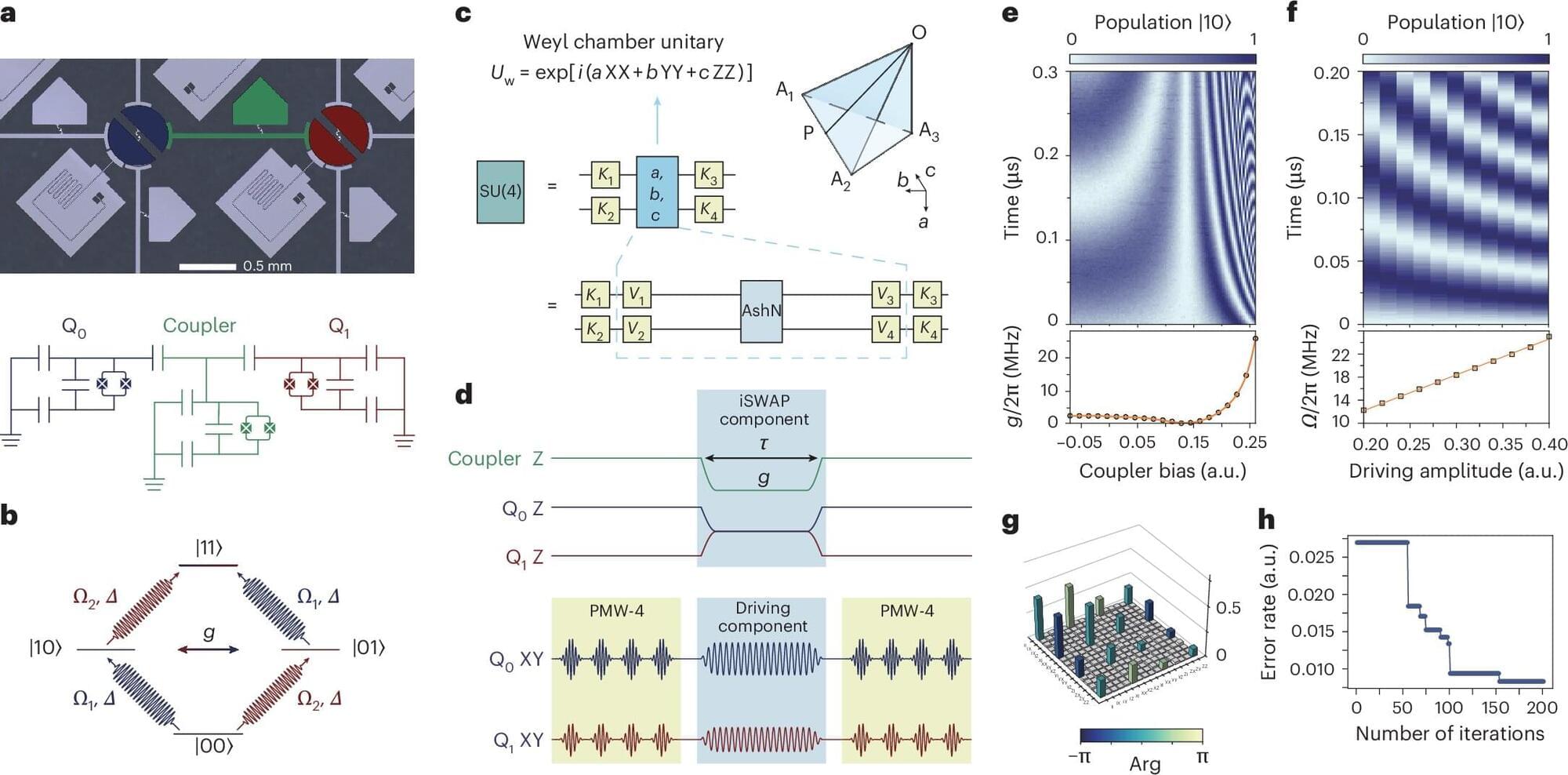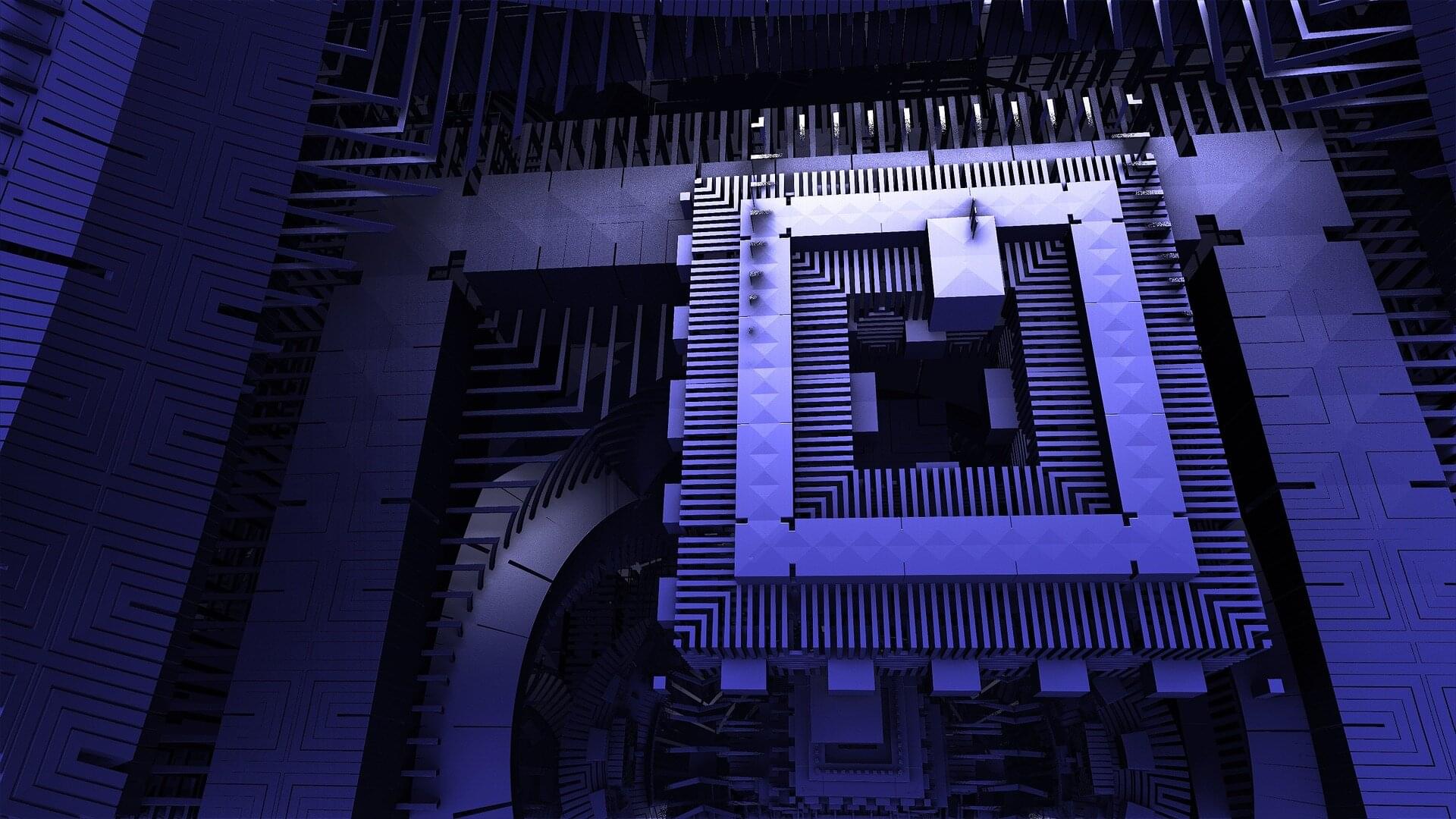The rapid development of artificial intelligence (AI) poses challenges to today’s computer technology. Conventional silicon processors are reaching their limits: they consume large amounts of energy, the storage and processing units are not interconnected and data transmission slows down complex applications.
As the size of AI models is constantly increasing and they are having to process huge amounts of data, the need for new computing architectures is rising. In addition to quantum computers, focus is shifting, in particular, to neuromorphic concepts. These systems are based on the way the human brain works.
This is where the research of a team led by Dr. Tahereh Sadat Parvini and Prof. Dr. Markus Münzenberg from the University of Greifswald and colleagues from Portugal, Denmark and Germany began. They have found an innovative way to make computers of tomorrow significantly more energy-efficient. Their research centers around so-called magnetic tunnel junctions (MTJs), tiny components on the nanometer scale.
